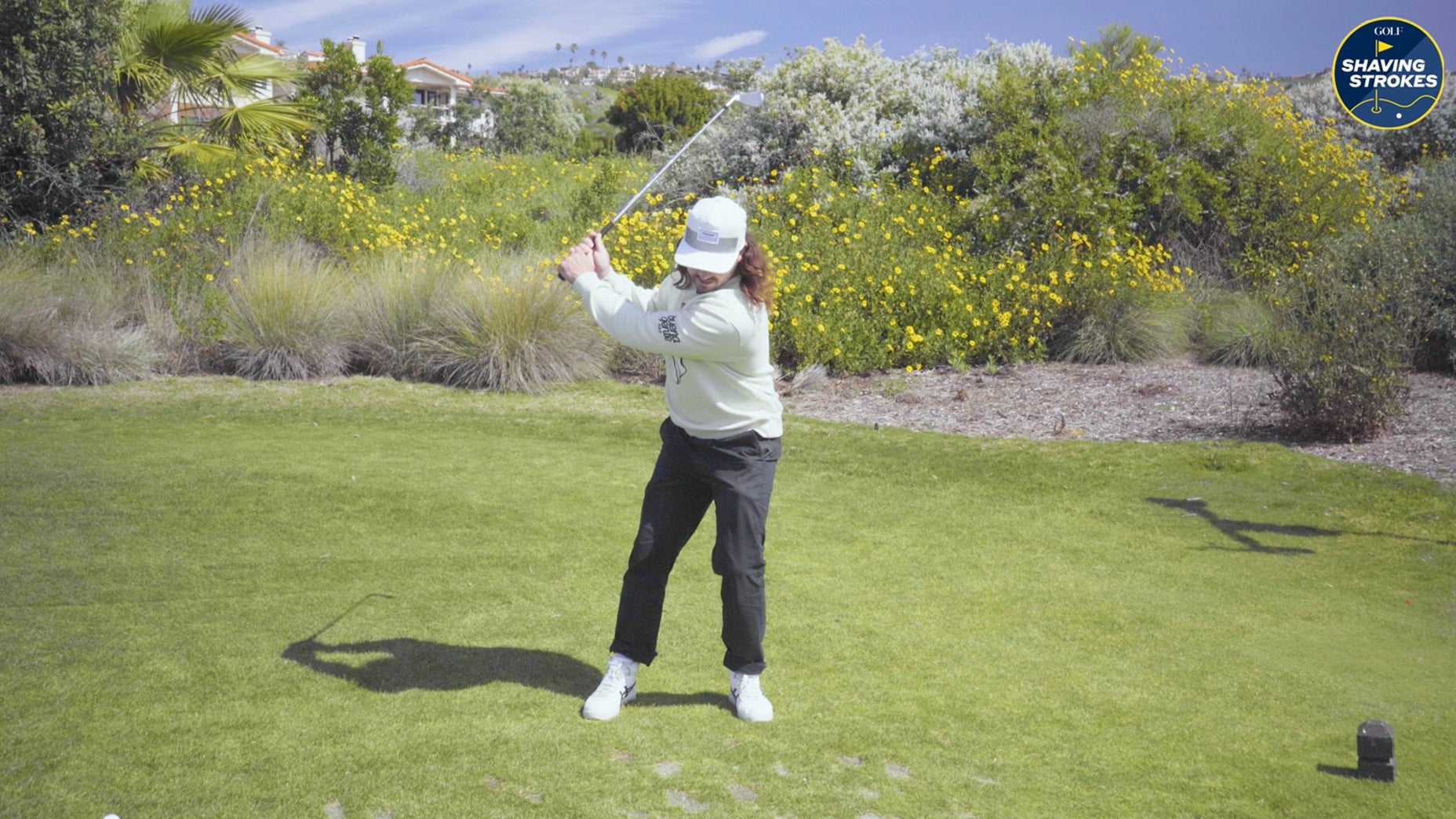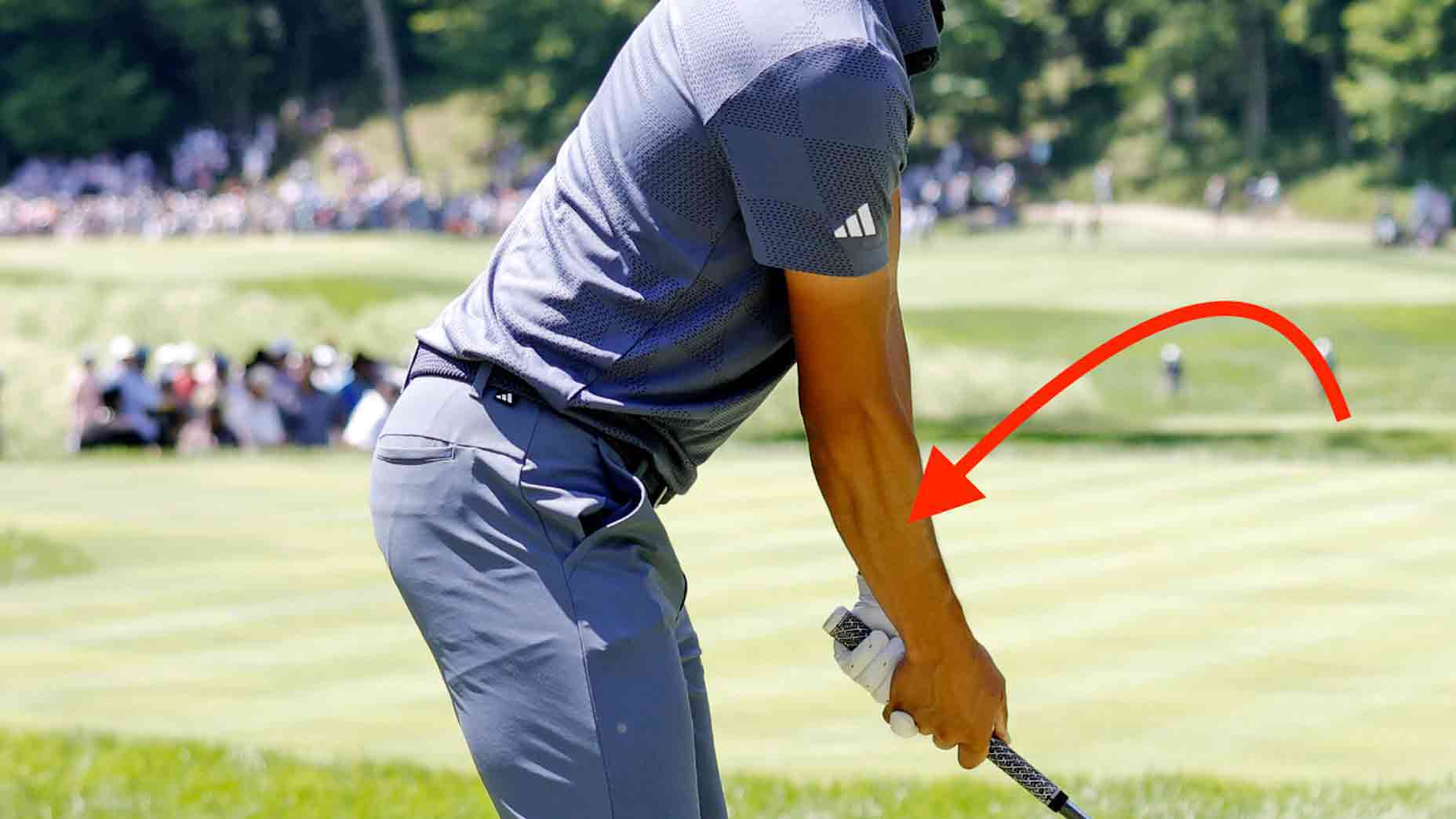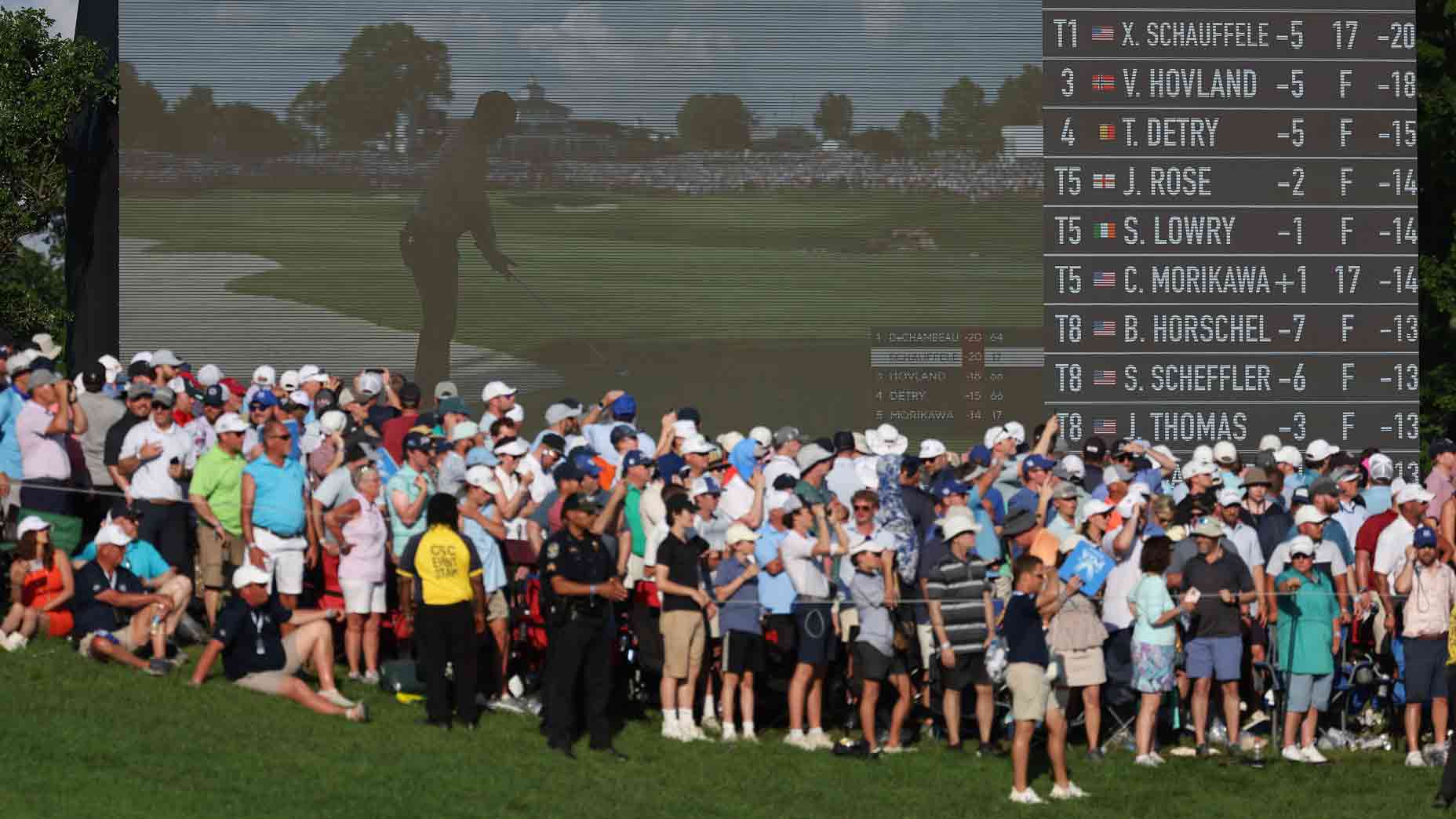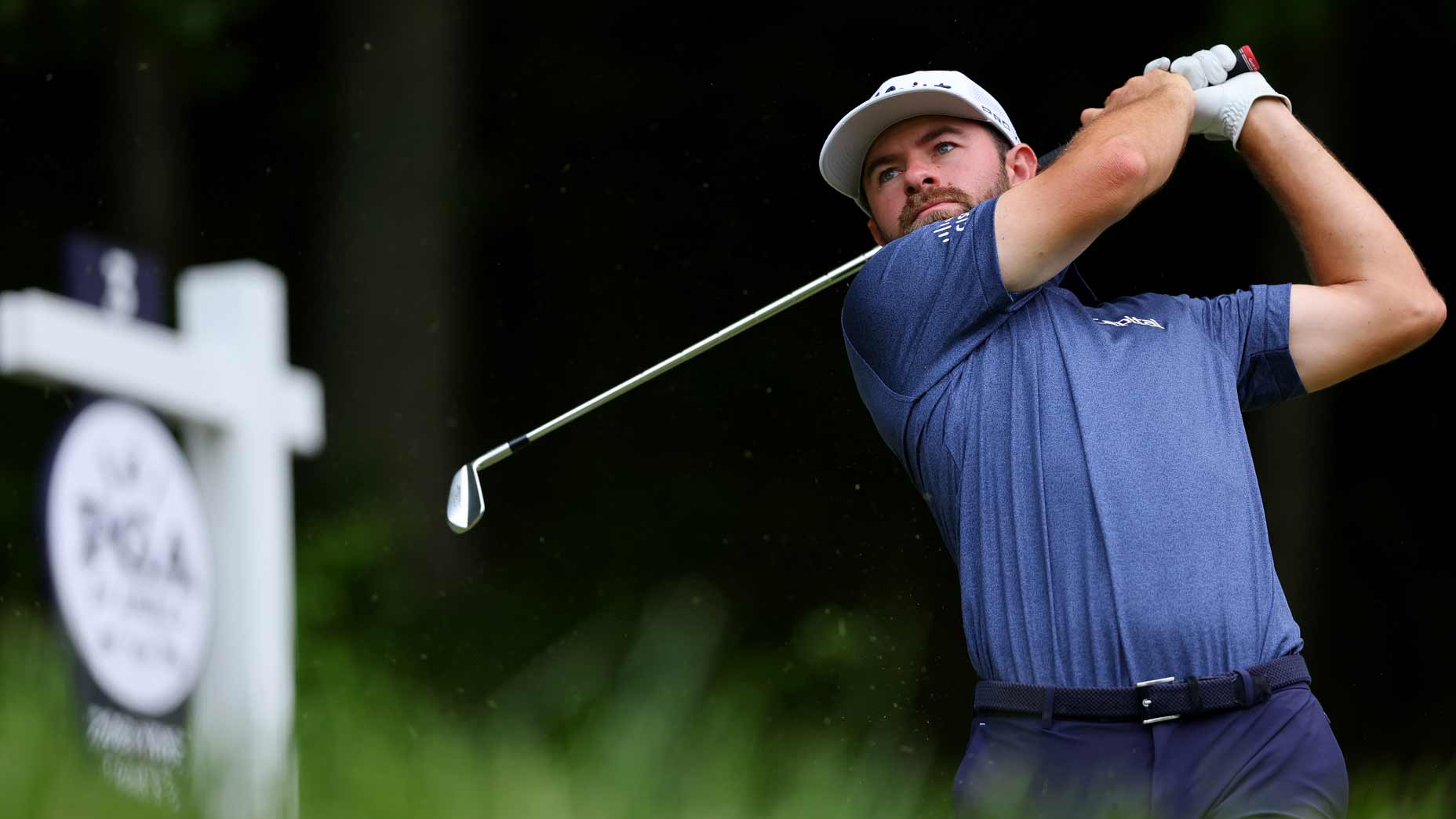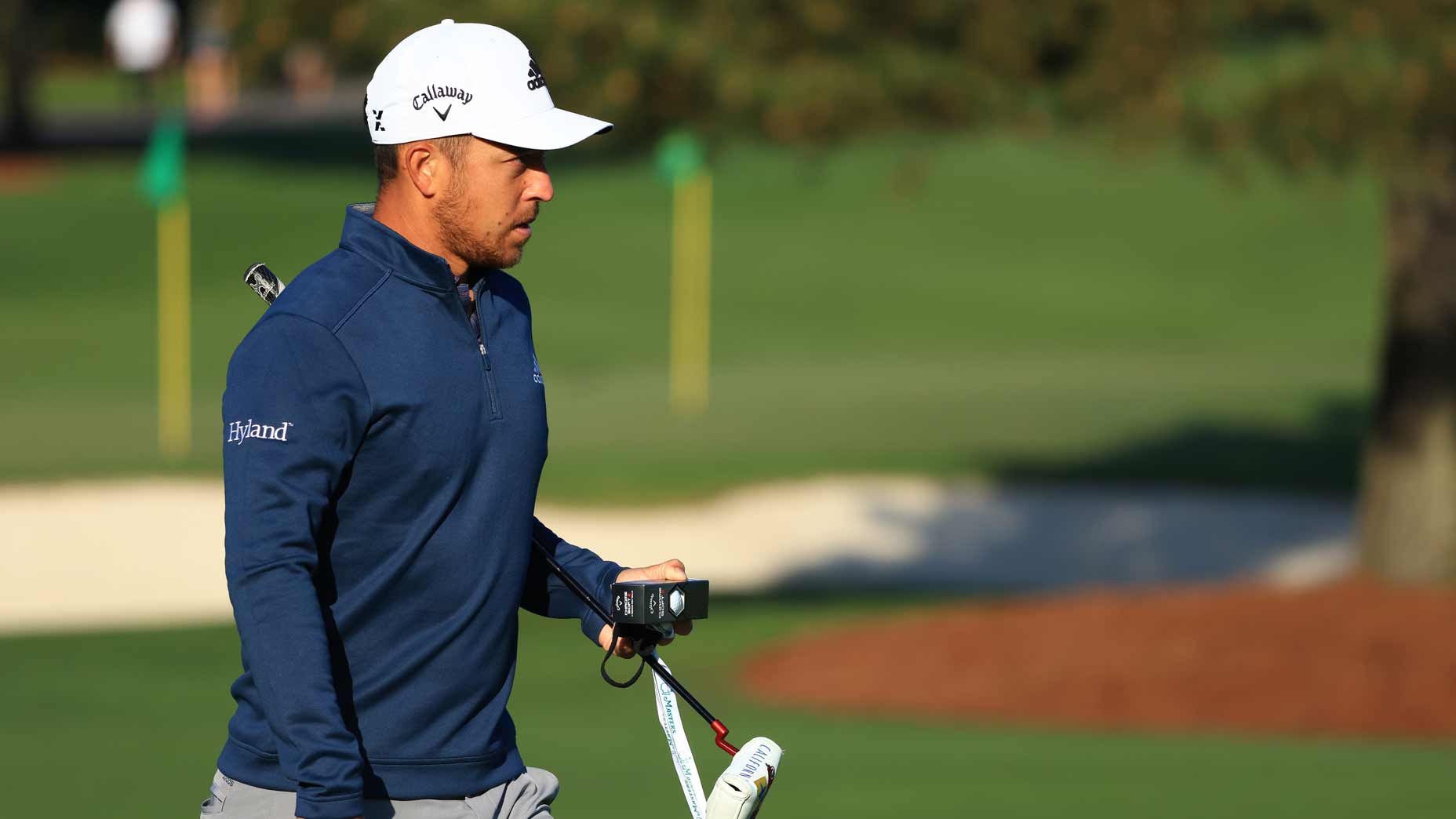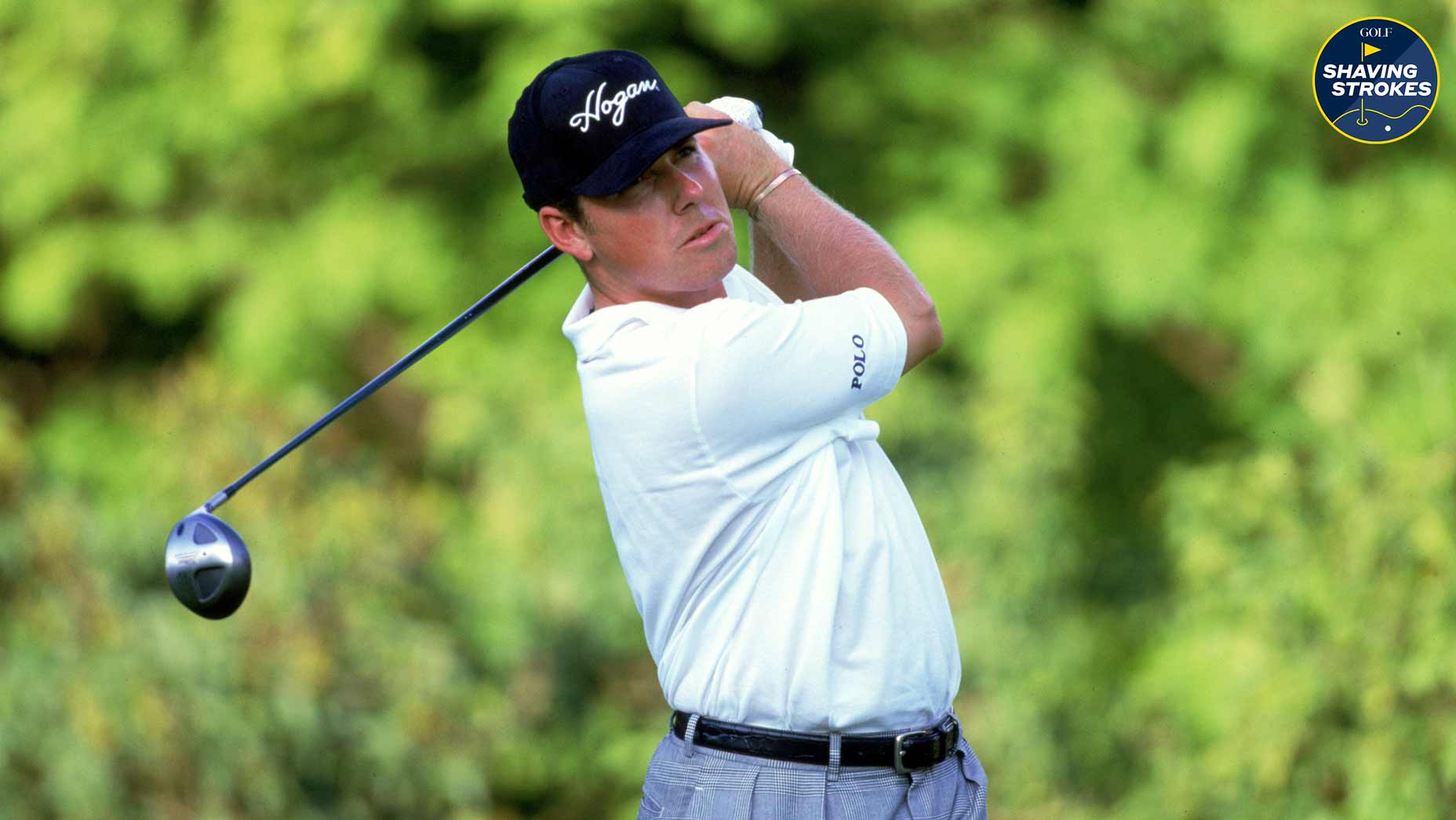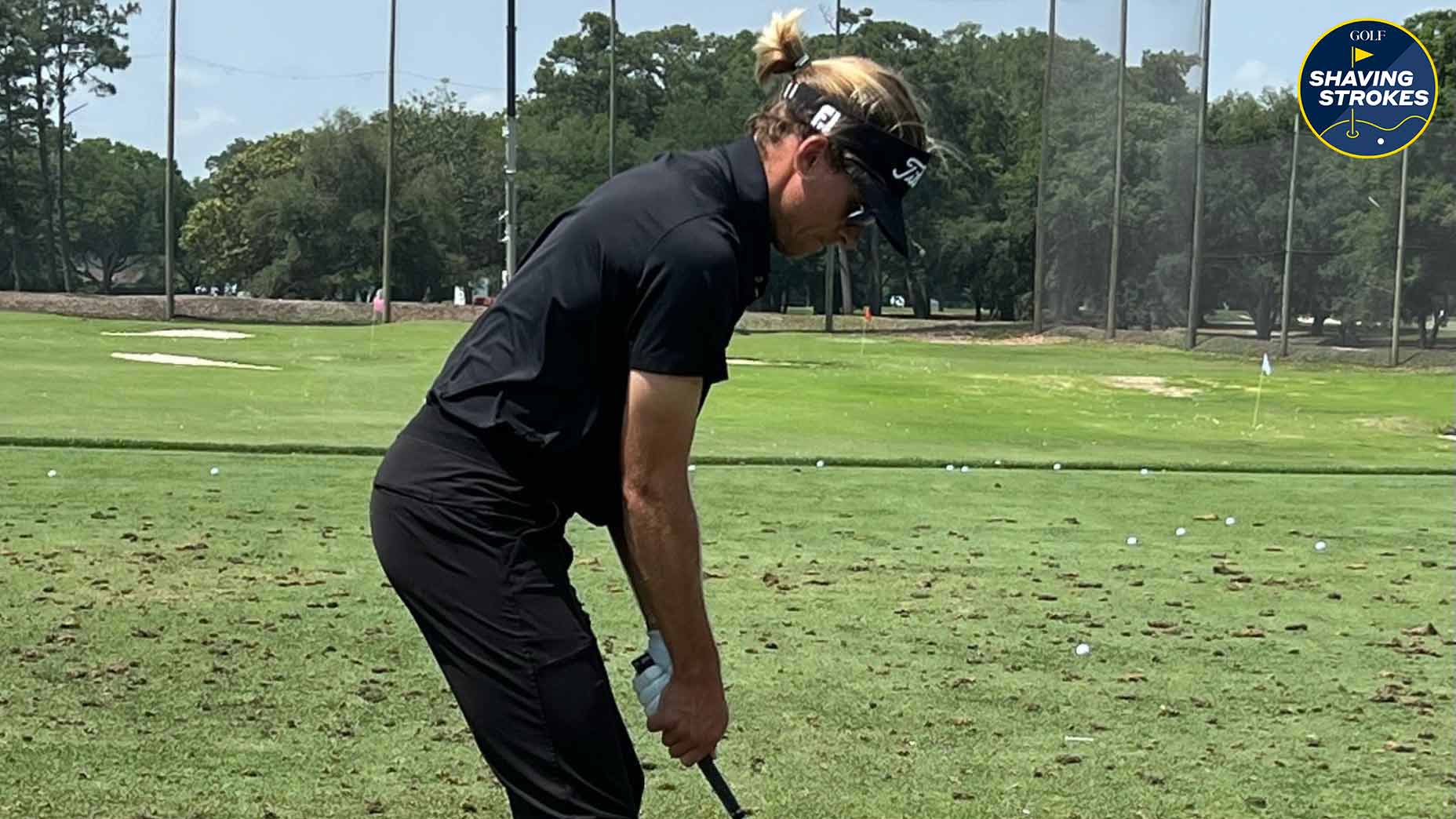5 golf swing ‘death moves’ killing your game (and how to resuscitate it)
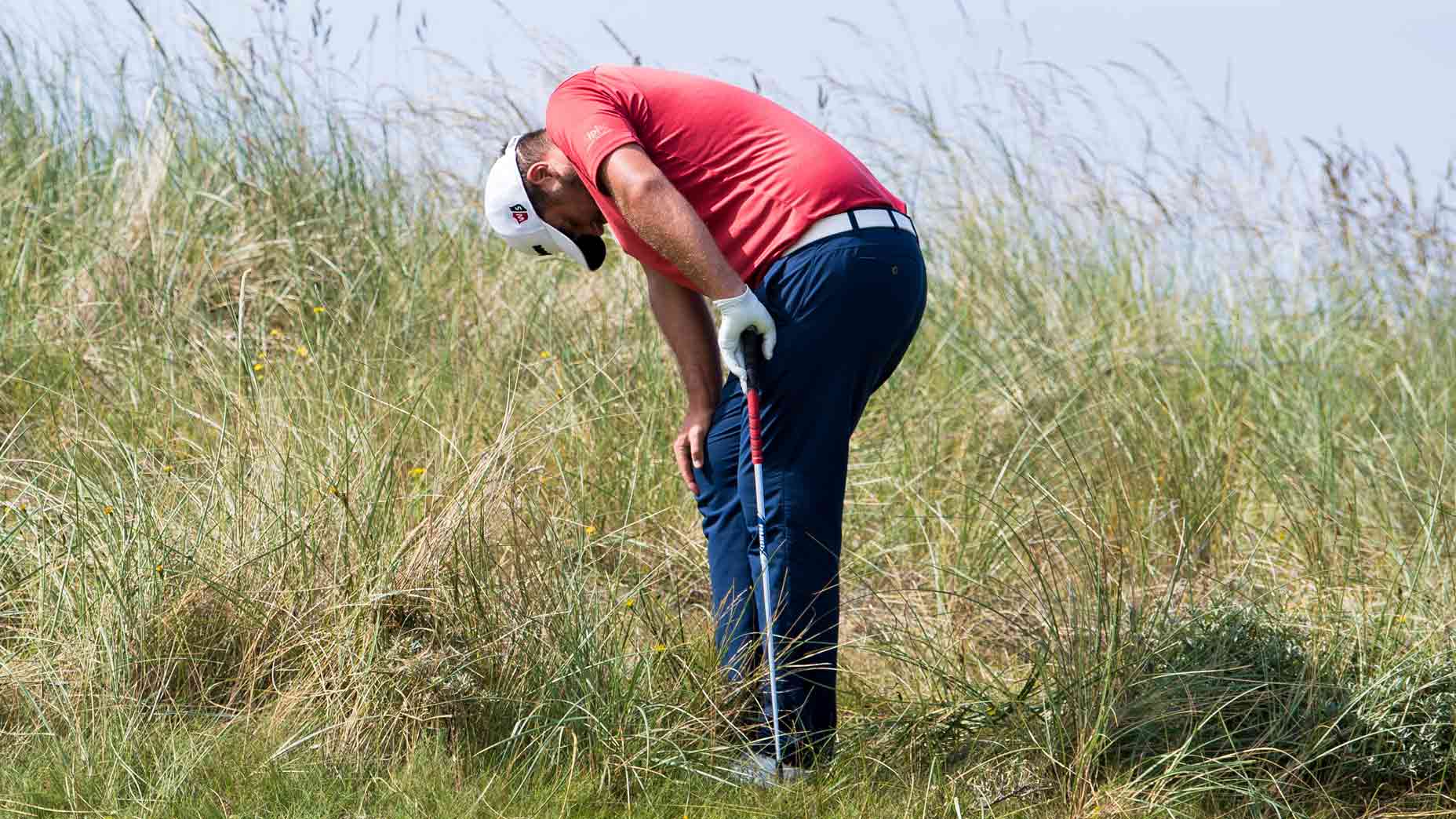
Doing just one of these golf swing death moves can add frustrating strokes to your scorecard.
Getty Images
Does it ever feel as if you’re just not making the progress you want to? When you continue to make the same mistakes over and over, causing unnecessary strokes on your scorecard and a lack of confidence on the course? If so, you may be making some of the most common golf swing “death moves” — which is impacting both your swing sequence and ball-striking ability.
According to GOLF Teacher to Watch TJ Yeaton, “a significant portion of the golfing population tends to struggle with these golf swing death moves, leading to a lack of distance and accuracy,” so if you’re someone who struggles with them, you’re not alone!
To break out of your bad habits (or general golf slump), Yeaton lists five typical death moves he sees in most amateurs — and provides some home remedies to help resuscitate your game. Take a look at his tips below.
1. Rolling the club inside on the takeaway
Right out of the gate, golfers are digging themselves into a hole by independently using their arms and wrists to take the club away. This starts to roll the face open, throwing the club behind them and leading to a club that ultimately becomes too flat later in the backswing.
The result? Compensatory solutions in the downswing.
Many golfers are doing this golf swing death move because it’s either the more intuitive solution to get things going, or they aren’t getting enough contribution from the rotating initially.
The Fix: Take your club and stand in an open doorway, keeping your feet on the threshold between the two rooms. Make slow backswings (roughly around hip high without hitting the wall). If you start the backswing by rotating the wrists and forearms, you’ll know soon enough.
2. Swaying too much in the backswing
Swaying in the golf swing greatly reduces your ability to rotate, which is the main component for creating speed. When a golfer sways their body away from the target in the backswing by more than a few inches, it makes it much more difficult to hit the ball first and the ground second in the downswing — which can lead to either a fat or thin shot.
Golfers that sway too much often do it under the belief that they need to shift their weight to be powerful. But the reality is that the momentum from pushing off the ground provides enough “shifting” components without having to intentionally do it yourself.
The Fix: Stand next to a wall just off of your trail side (the right side if you’re right handed, and vice versa for lefties). Next, get into your posture and put your hands together behind your back. Make a backswing without letting any part of the trail side of your body move closer to the wall — even letting it move away from the wall a little bit.
3. Leveling out the shoulders during the backswing
Perhaps one of the least intuitive parts to the golf swing is “tilting” the left side of the upper body towards the ground during the backswing. While it’s often referred to as a shoulder motion, it is, in fact, more of a torso motion.
Since we start the swing with the ball on the ground and the upper body inclined to some degree, we need to maintain this bend over the ground throughout the majority of the swing. Many golfers will start to raise their torso during the backswing and “level out” the shoulders — intuitively trying to get both the arms and the club higher.
By tilting the upper body down towards to ground while rotating throughout the backswing, it helps contribute to the ascent of the hand, arms and clubs in the backswing; thus allowing for more predictable contact.
The Fix: Cross your arms on your shoulders and get into your golfing posture. Slowly inch your way towards a wall until your head gently rests against it. Make subtle backswing motions, keeping your head against the wall without letting it move. Pay extra close attention to how you move your upper body while doing this.
4. Short swings
Do you hit it too far? Do you feel like you have a nice tempo and rhythm? Has attempting to shorten your swing produced better outcomes? If the answer to these questions is no, then keep reading.
The overwhelming majority of golfers I work with do not hit it far enough, and there is an incredibly strong correlation to how far one hits it and how good they can be at golf.
A longer backswing allows golfers more time to increase the force they apply to the club during the downswing, helping generate more club speed. So by using a longer backswing, it allows for the same smooth and gradual acceleration as the downswing.
The Fix: Setup as if you were going to hit a shot with a 7-iron, standing one foot away from a wall on your left side (as if you’re about to hit a ball at the same wall). Make a (very) slow backswing until the clubhead touches the wall. If you find that to be too simple, stand one foot further away from the wall and try it again. Make sure to free up the parts of your body that may be holding you back from reaching the wall.
5. Open clubface
We may just want to refer to this golf swing death move as the “serial killer” — because it directly causes errant shots, but also leads to secondary issues like flipping the clubface.
For a number of reasons, most golfers rotate the shaft in a way that causes the face to “open” during the backswing. On the downswing (and into impact), the face continues to stay open, leading to a sliced shot.
To try and mask this problem, players often incorporate other bad habits — like swinging over-the-top or aligning poorly.
The Fix: Get in front of a mirror and make a small backswing while watching the clubface. During the takeaway, make sure the face is looking more down and not out in front of you or up to the sky. By the top of the backswing, the clubface should be pointing more up to the sky, appearing to sit above or higher than the shaft. If the clubface is open, it will sit under the shaft and point towards your head.
Rukket Sports SPDR Portable Driving Range
$319.99
View Product




